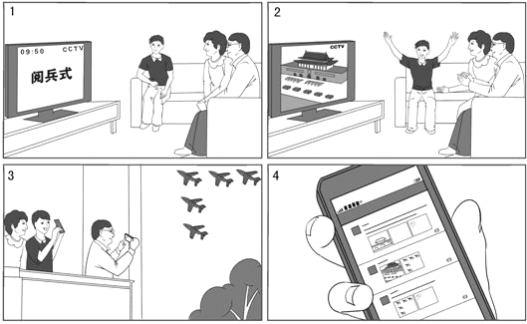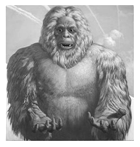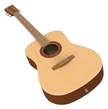题目内容
【题目】假定英语课上老师要求同桌之间交换修改作文,请你修改你同桌写的以下作文。文中共有10处语言错误,每句中最多有两处。错误涉及一个单词的增加、删除或修改。
增加:在缺词处加一个漏字符号(∧),并在其下面写出该加的词。
删除:把多余的词用斜线(\)划掉。
修改:在错的词下划一横线,并在该词下面写出修改后的词。
注意:1.每处错误及其修改均仅限一词;
2.只允许修改10处,多者(从第11处起)不计分。
John Snow was Queen Victoria’s personal physician. He became inspiring when he thought about helping ordinary people exposed cholera, a deadly disease of its day. Many thousands of people died whenever there was a outbreak. John wanted to help solve the problem.
He got interested in two theory explaining how cholera killed people. He doubted about the second theory where suggested that people absorb the disease with their meals. In 1854, when another outbreak hit London, he was determined to find why. In the help of the map he made, he got a valuably clue about the cause of the disease. He announced with certainty that the water was to be blame. “King Cholera” was final defeated.
【答案】
【解析】1.句意:他变得受鼓舞。表示被动关系,故把inspiring--- inspired。
2.句意:当他想到帮助得了霍乱的普通人时,他受到了鼓舞。expose to使暴露,故在expose后面加to。
3.句意:无论什么时候有疾病发作,数千人会死去。outbreak以元音开头,故把a---an。
4.句意:他对霍乱是怎样杀死人的两个理论变得感兴趣。用名词复数形式,故把theory--- theories。
5.此处the second theory做先行词,指物,在后面的定语从句中做主语,先行词被序数词修饰,故把where---that。
6.句意:他怀疑第二个理论,这个理论表明人们在吃饭的时候得了这个病。此处suggest的意思是“表明,暗示”,根据句意后面的宾语从句用一般过去时态,故把absorb--- absorbed。
7.固定词组:with the help of在---的帮助下,故把In---With。注意大写开头。
8.句意:一个有价值的线索。形容词修饰名词,故把valuably--- valuable。
9.句意:他肯定地宣布水要承担责任。be to blame承担责任,故把blame前的be去掉。
10.副词修饰动词,故把final--- finally。

 名校课堂系列答案
名校课堂系列答案【题目】阅读理解
| Guitar lessons An excellent musician. Good-at teaching kids for 5 years. |
| Lost dog Medium size, spotted white short hair. Answer you when you call it David. Many thanks for returning it. Call Susan at 7328059. |
| Taxi driver wanted. |
| Apartment for sale |
(1)Who can teach children to play the guitar?
A.David.
B.Larry.
C.Mr. White.
D.Susan.
(2)Which number should you call at if you find the lost dog?
A.6087593.
B.5132633.
C.7328059.
D.13935728866.
(3)Which of the following people may get the job as a taxi driver?
A.A 50-year-old person.
B.A person who has just got his driver's license.
C.A 40-year-old person who can drive well in the city.
D.A person who can drive and has free time on weekends.
(4)When is hot water provided in the apartment according to the ad?
A.At night.
B.In the daytime.
C.At any time.
D.Only in the afternoon.
(5)How can you contact the owner of the apartment for more information?
A.By making a phone call.
B.By going to visit it.
C.By sending a letter.
D.By sending an e-mail.








